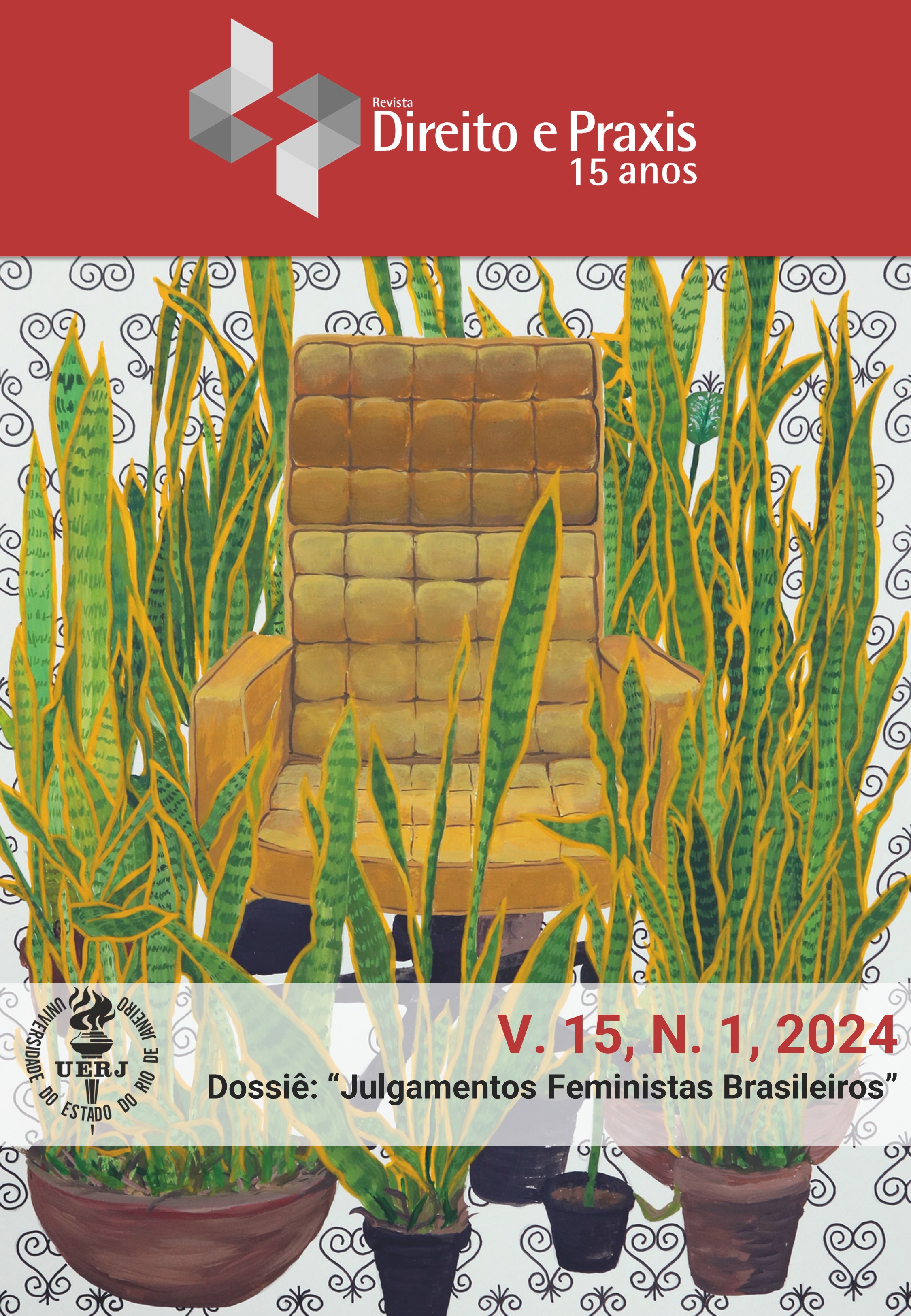A essência da forma jurídica como entrave à agroecologia
Palavras-chave:
Agroecologia, Aparência, Capitalismo, Essência, Forma jurídica / Agroecology, Appearance, Capitalism, Essence, Legal form.Resumo
https://doi.org/10.1590/2179-8966/2022/64761
Contextualizando historicamente o advento dos problemas ambientais atuais como frutos da apropriação e exploração do ser humano sobre a natureza e sobre o próprio ser humano no modo de produção capitalista, este trabalho apresenta a agroecologia como alternativa sustentável a esse modelo por operar numa lógica externa a do capital. Nesse contexto, objetiva-se verificar de que maneira a essência da forma jurídica opera como entrave à agroecologia. Para tanto, adota-se como método o materialismo histórico-dialético e a seguinte forma de exposição: 1. Apresenta-se a agroecologia como meio de satisfação das necessidades humanas que preserva o equilíbrio da relação metabólica entre seres humanos e natureza, relação esta que foi afetada pelo desenvolvimento do capitalismo, especialmente no que diz respeito à agricultura. 2. Partindo da visão de Marx do direito como forma social que possui uma aparência e uma essência, o segundo capítulo apresenta a forma jurídica aparente da agroecologia no direito positivado em normas brasileiras; e 3. Aborda-se a essência da forma jurídica e de que maneira esta atua como entrave à agroecologia. Concluiu-se que antes de qualquer outro empecilho para implementação da agroecologia em larga escala, deve-se ter em mente que não será a mera criação legislativa a solucionar a crise ecológica hoje, pois as leis ambientais existentes são mera aparência do direito cuja essência busca a manutenção do sistema capitalista insustentável.
Palavras-chave: Agroecologia; Aparência; Capitalismo; Essência; Forma jurídica.
https://doi.org/10.1590/2179-8966/2022/64761i
Abstract
Historically contextualizing the advent of current environmental problems as a result of the appropriation and exploitation of the human being on nature and on the human being in the capitalist mode of production, this work presents agroecology as a sustainable alternative to this model for operating in a logic external to that of the capital. In this context, the objective is to verify how the essence of the legal form operates as a barrier to agroecology. For that, the dialectical historical materialism is adopted as a method and the following form of exposure: 1. Agroecology is presented as a means of satisfying human needs that preserves the balance of the metabolic relationship between human beings and nature, a relationship that was affected by the development of capitalism, especially with regard to agriculture. 2. Starting from Marx's view of law as a social form that has an appearance and an essence, the second chapter presents the apparent legal form of agroecology in law positivized in Brazilian norms; and 3. It addresses the essence of the legal form and how it acts as a barrier to agroecology. It was concluded that before any other obstacle to the implementation of agroecology on a large scale, it must be kept in mind that it will not be the mere legislative creation to solve the ecological crisis today, because the existing environmental laws are merely the appearance of the law whose essence seeks the maintenance of the unsustainable capitalist system.
Keywords: Agroecology; Appearance; Capitalism; Essence; Legal form.
Downloads
Downloads
Publicado
Como Citar
Edição
Seção
Licença
Copyright (c) 2022 Revista Direito e Práxis

Este trabalho está licenciado sob uma licença Creative Commons Attribution 4.0 International License.
Os textos são de exclusiva responsabilidade de seus autores.
É permitida a reprodução total ou parcial dos artigos da Revista Direito e Práxis, desde que citada a fonte.
Este trabalho está licenciado sob uma Licença Creative Commons 4.0, Atribuição-Sem Derivações.
Esta licença permite copiar e redistribuir o material em qualquer suporte ou format para qualquer fim, mesmo que comercial, desde de que citada a autoria original.
This work is licensed under a Creative Commons Attribution 4.0 International License.




